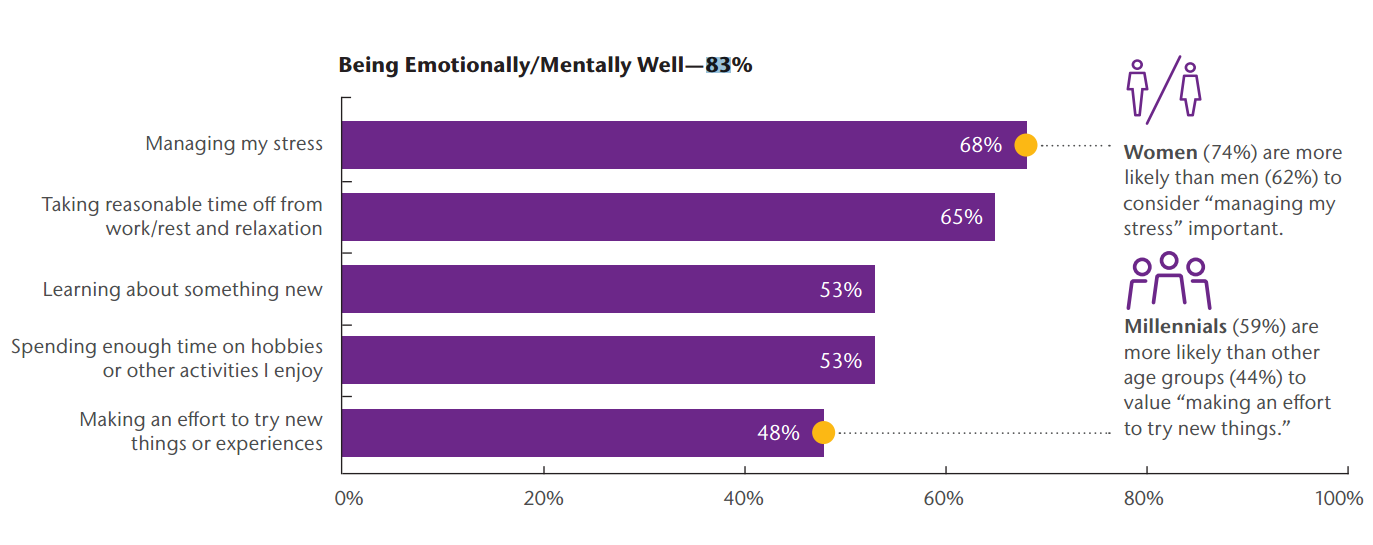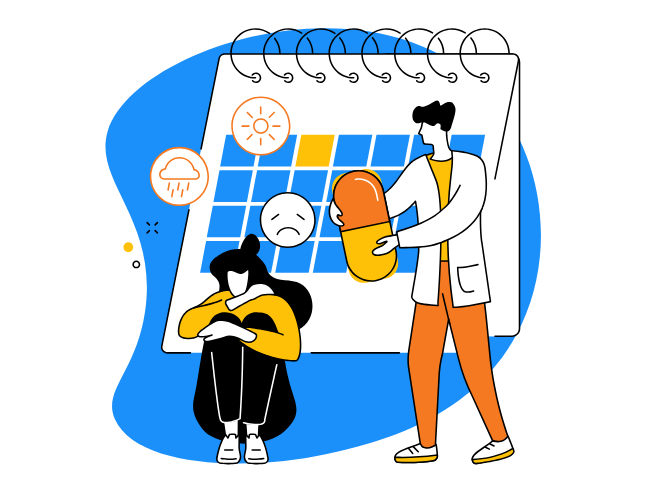In Aon’s 2016 Consumer Health Mindset Survey, 83% of consumers said they needed the most support for emotional well-being. Of those respondents, 68% ranked managing stress as the most important way to being emotionally well. The survey of 2,320 consumers, including employees and dependents covered by employer health plans, identifies a clear area that employers can target with employee wellness strategies. According to Stephanie Pronk of Aon’s U.S. National Health Transformation Team, onsite services like yoga, mindfulness, meditation and resiliency training could help employees and organizations with emotional health.
The move to technology in wellness programs is clear. However, mental and emotional health is largely being addressed by services for a number of reasons. First, the technology landscape for mental health technologies is limited. There are apps like Headspace for meditation and mindfulness training, but these technologies have fractions of the users of technologies that track physical activity and nutrition. This is not to say that mental health applications are not destined to have the same adoption; it merely suggests that they have a long way to go. When employers embrace the consumer market in their wellness programs, which is strongly encouraged, understanding where technologies are in the adoption curve is critical.
Second, despite mental and emotional health being a more public area of concern for millennials compared to other generations, many consumers are unfamiliar with methods to improve their well-being in this area. Unlike being active and eating healthier, many consumers have not tried meditation or mindfulness. As such, employers are better off exposing these well-being methods to employees with human interaction in the form of onsite classes and seminars rather than technology. Once initially exposed to these remedies, employers can then move to more scalable technology alternatives. Also, onsite services allow employers to start small. Unlike technology deployments, you can offer a single class, collect feedback, and grow a program from there.













